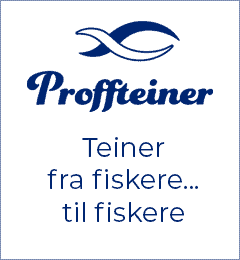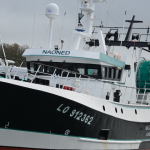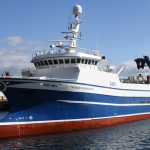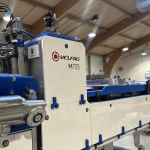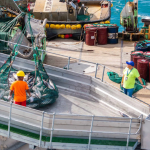Síldarvinnslan’s three fishmeal plants between them took delivery of 131,460 tonnes of raw material during 2016, a drop over the previous year when the three factories accepted 259,394 tonnes.
According to the company, last year’s poor capelin season is the main reason for the low production, which was also the reason for the poor 2014 season when 161,168 tonnes were processed by the three fishmeal plants.
Last year the Neskaupstaður factory produced 19,202 tonnes of meal and 6084 tonnes of fish oil from 91,043 tonnes of raw material. The Seyðisfjörður plant took delivery of 28,510 tonnes of raw material to produce 6226 tonnes of meal and 618 tonnes of fish oil, while the Helguvík factory produced 2492 tones of meal and 1541 tonnes of fish oil from 11,916 tonnes of raw material. In comparison, in 2015 the Neskaupstaður plant took delivery of 145,911 tonnes of raw material, 73,928 tonnes were landed to the Seyðisfjörður factory and 43,656 tonnes were landed to Helguvík.
On the other hand, Síldarvinnslan’s Neskaupstaður processing plant had a good year with landings of all species for human consumption up on the previous year. The factory produced 39,216 tonnes of products in 2016, compared to the 30,860 tonne total the previous year.
The emphasis is placed firmly on production of pelagic species for human consumption and last year’s production was 16,484 tonnes of mackerel, 10,691 tonnes of capelin, 1906 tonnes of capelin roe and 10,135 tonnes of herring.
The factory has started switching to processing redfish and saithe between pelagic season, and its groundfish production last year came to 392 tonnes, compared to the previous year’s production of only 29 tonnes.





